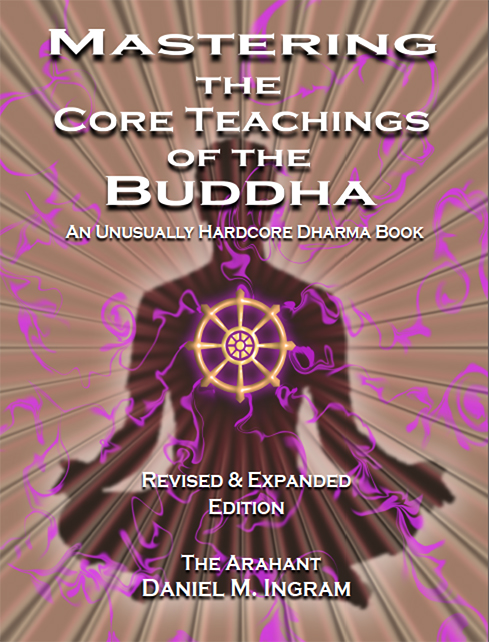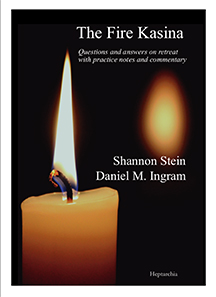The Direct Perception Models
← The Sudden Schools of Awakening | Time and Space Models →
The direct perception models are also useful models, pointing to something that we can learn to perceive. They relate to the ability to have more and more of our experience be known through a more pristine, clear, direct way of perceiving the sensations that make up experience. At certain stages of practice, particularly Mind and Body, the Arising and Passing Away, and the middle and last stages of Equanimity, what is meant by directly perceiving things can become temporarily more obvious, as experiences may suddenly take on a vividness that they didn’t have before. At the stage of Conformity, Change of Lineage, and Path, as well as subsequent entrances to the three doors, we get a very transient but flawless taste of this perceptual perfection. Beyond these brief moments of sensate clarity, the states of awakening can involve permanent shifts of the way reality is processed such that there is a substantial increase in how clearly things present and how little interference there is with them.
By “interference”, I mean two things. First, as people begin to practice, they will notice that a substantial portion of experience is not the material data they always thought it was, but instead is mostly conceptual processing of the mental impressions that were made of those original sensations, thoughts about those mental impressions, and the like. For instance, they may eat a bite or two of food, and not notice that beyond those first few bites, they didn’t really feel or taste much of the rest of the meal. Or, they may see a sunset, and then spend a lot of time thinking about their reactions to the sunset rather than continuing to notice the actual colors and shapes of the sunset.
This interference is not only a product of attention turning away from the original raw sense data, but also the interference that occurs when alternating between the physical sensations and the mental impressions, creating a distortion of the physical sensations based on them not presenting when the mental sensations are presenting. It is not that those mental impressions aren’t also raw sense data, as they are, but most people do not perceive them as such. Thus, most of their experience, even of pleasant phenomena, is substantially reduced by the degree to which they instead focus on thoughts about those experiences.
In that same vein, the mechanisms of attention, effort, mindfulness, investigation, and all the things that appear to regulate, process, monitor, evaluate, and otherwise modulate what would seem to be attention can themselves create a similarly mental but in some ways more fundamental interference pattern that distorts, detracts from, and interferes with the raw freshness and vividness of the original sensations. One of the mental modifications that can result as we go deeper into the world of sensate clarity is that these veils of distortion can fall away, such that we are left in a world that is suddenly much more pristine, more defined, more naturally present, and less distorted. In fact, everything that seemed to be a distortion is itself more clearly perceived, but this lack of distortion is more than that, it is a relying on the bare sensations as being sufficiently representative of themselves such that substantially less “processing” of them is necessary. In this way, those processing elements that remain are now just part of the shimmering field of experience, and many of those processing elements don’t occur anymore at all, as they don’t need to, since the original things naturally represent themselves.
The best result of this increased clarity is that when it is well-developed and locked in as the default mode of perception, reality naturally shows its true nature without any effort required to perceive it, what the Tibetans refer to as phenomena “self-liberating”. There are many names for this way of perceiving things found in other traditions, but regardless of what you call it, I would highly advocate for trying to establish this way of perceiving sensations as the default, as the vivid freshness that results from this is remarkable and vastly better than other modes of reality perception. It is common for people to have glimpses of it along the way, and the memory of these experiences can help keep us not only motivated to practice, but also to point the way, and that way involves being meticulously attentive to whatever is going on and trying to perceive the bare sensations just as they are.

